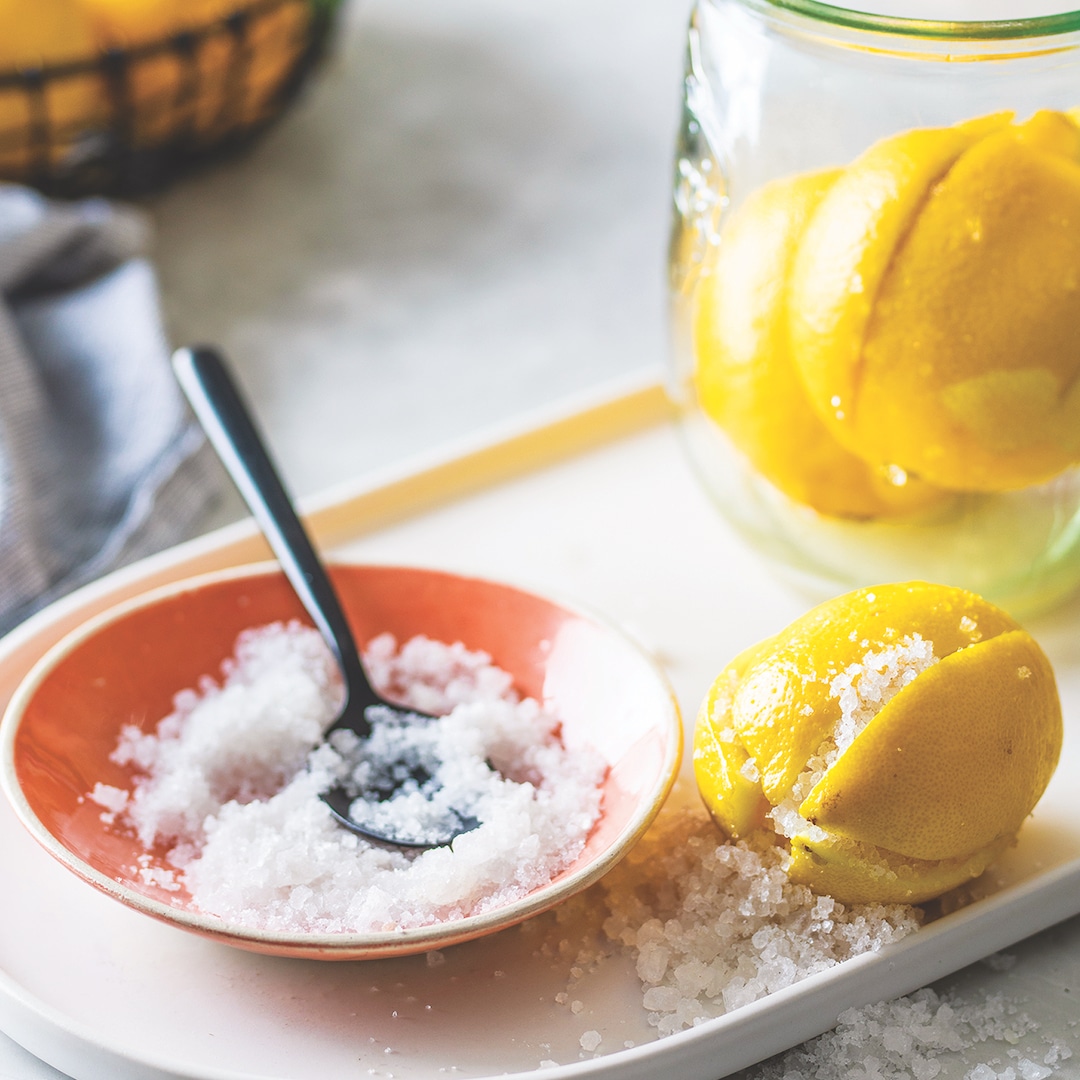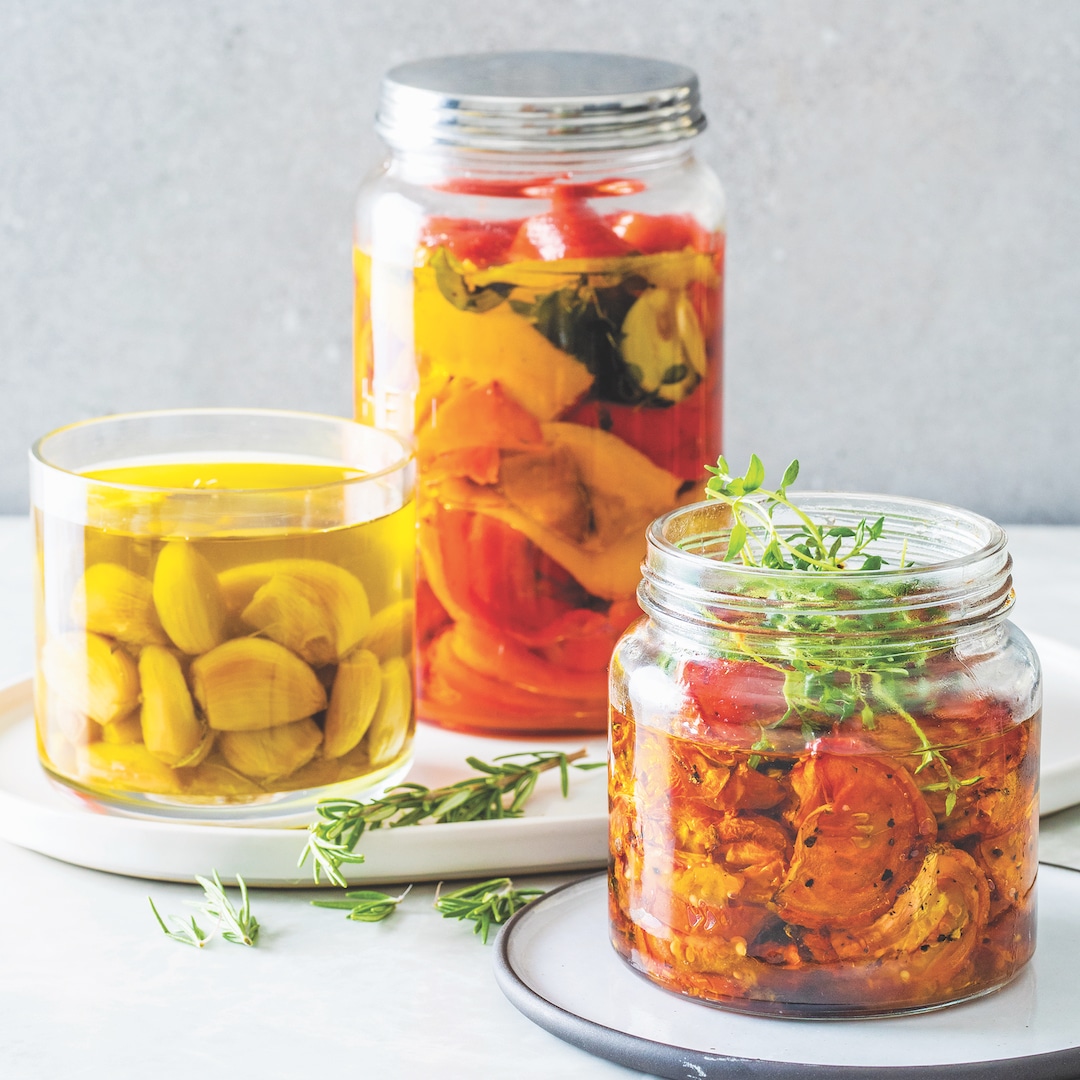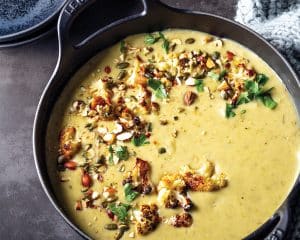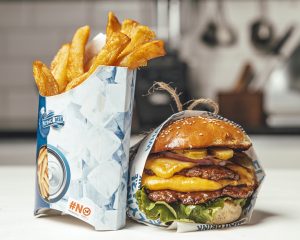In this article, we share a guide to canning, preserving and bottling. Plus, ways on how to do this at home using utensils and equipment that are regular household items. Make the most of the last of summer’s fruit and veg and join the growing group of foodies who are bottling things up (in a good way).
How to sterilise glass jars
To prevent any bacteria growth, it’s important to sterilise your glass preserving jars. This can be done by boiling them and their lids in water for 10 minutes, then drying in a hot oven for another 5 minutes. Once cooled, fill the jars and seal tightly. This will create a vacuum and barrier to prevent anything from spoiling. Store jars in a cool place and out of direct sunlight.
Pickling
Foods like onions, peppers, beetroot and cucumber (of course) are often pickled in jars. A brine is made using water, vinegar, sugar, salt and seasonings and is used to cover the vegetables. The vinegar kills the bacteria around the main ingredient and preserves their quality.
To pickle veggies, chop, slice and prepare them before placing in sterilised jars. Experiment by adding spices such as cloves, chilli cinnamon sticks, mustard seeds and fennel seeds to your pickling liquid.
Add spices to the liquid and boil before taking off the heat and filling your jars. Seal jars tightly and allow to cool to room temperature before refrigerating for 24 hours. Pickles will keep for up to a month.
Top Tip: Don’t ditch the preserving oil! Add it to vinaigrettes or toss through veggies and meats before frying or roasting.
Fermentation
This process starts when the microorganisms found in food, usually yeast and bacteria, convert sugar and starch into alcohol or acids. This gives fermented food their signature ‘funky’ taste and smell.
The probiotic health benefits of fermented foods are very popular right now. All you need to ferment your veggies is a jar, water and salt.
Chop, grate or slice your vegetables, cover with water with a generous layer of salt. Cover and soak for 8 hours, then drain the brine (make sure to save it) and rinse. One of the most popular fermented foods is the traditional Korean dish, kimchi. Its main ingredients are cabbage, spring onion and radish.
If you want to make kimchi, then you’ll need the Korean seasoning paste, Gochujang, which can be found at most Chinese supermarkets. Mix the paste with ginger, garlic and spring onion. Coat the vegetables in the paste and tightly pack them into a glass jar.
Fill with reserved brine until just covered. Use a weight or cabbage leaf to keep the veggies submerged. Allow to ferment at room temperature for 5 days until you see bubbles start to form. Loosen the lid and place jar in the fridge to ferment further. Kimchi will keep for months in and add a tangy kick to your dishes.
Salting

Has your lemon tree just produced a bumper crop? Or maybe you’ve seen a recipe calling for preserved lemons? They’re made by placing quartered lemons in a jar with salt. Over time, the salt dehydrates the lemons, preventing bacteria from growing on them.
To preserve lemons, add two tablespoons of coarse salt to the bottom of a glass jar. Cut both ends off washed and scrubbed lemons and make an `X’ mark through each, keeping all the wedges attached.
Add salt to the centre of each lemon and pack them firmly into the jar, adding more salt as you layer them. Make sure the top of the jar is covered in lemon juice and seal tightly. Set aside for a week, shaking every few days, until the lemons become translucent.
To use them, remove a wedge of lemon from the jar and wash thoroughly, then cut away the flesh and pith. Slice up the salty sweet rind and use as instructed. Other common foods preserved in salt are meat (like biltong), fish and even egg yolks!
Words by Sjaan Van Der Ploeg
Photography: Fresh Living Magazine




